Main Menu
Latest Blog Entry
User login
Fitness for fencers: part 4
“Should fencers run to get fit?”
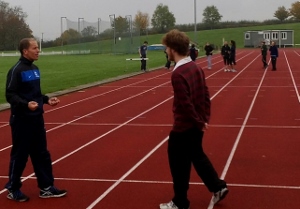 Is a discussion I have with fencing coaches a lot. Nearly all say “yes”.
Is a discussion I have with fencing coaches a lot. Nearly all say “yes”.
Running is a basic locomotor activity that we have developed as humans over thousands of years.
Unfortunately, a combination of early specialisation, lack of innate athletic ability, and misinformation about running for fitness has stopped fencers from being able to run correctly (or at least competently).
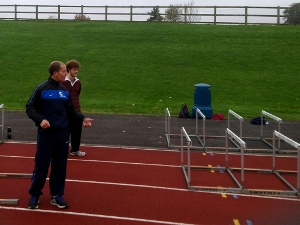 Yesterday at the South West Fencing Hub, I took the fencers onto the track to help them learn how to run correctly. My belief (and experience) is that everyone can learn to run faster. They just need to be shown how and given the tools to do the job.
Yesterday at the South West Fencing Hub, I took the fencers onto the track to help them learn how to run correctly. My belief (and experience) is that everyone can learn to run faster. They just need to be shown how and given the tools to do the job.
I kept it simple, with postural drills working on high hips, and a quick foot to bum action after toe off. I used the high hurdles to help get the fencers working the correct actions.
Strong and mobile hips are important in fencing, as is speed. I kept reconnecting what I was doing on the track to what they do in the salle and on the piste. After every 2-3 drills the fencers would run 40 metres twice, rest and repeat.
This links to my 4 Rs approach to running fitness.
- Run well
- Run fast
- Rest
- Repeat
Rather than run a long distance badly, run lots of short distances well.
The good news was that the fencers managed to improve their running in a short time. Fitness takes longer. However, once again, poor posture impeded their speed.
Why fencers need to stand on two feet
Despite repeated efforts, talking to the fencers about their posture, they still resort to hanging on one leg. As you can see from this rogues gallery.
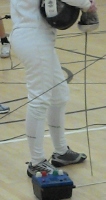

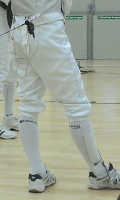
This hanging off one hip means that the muscles are getting weak on one side. It is hard to move the hips efficiently during the match if they are constantly working inefficiently for the rest of the day.
At the request of the fencing coaches, I introduced a change of pace midway through the sparring session in the afternoon. “Swords down, wires tucked in, partner up, wrestle!”
We did 15 minutes of combatative partner exercises (fencing is supposed to be a combat sport after all) that worked on push, pull, brace, balance and squat. This seemed to have the desired effect with the fencers laughing and getting rejuvenated.
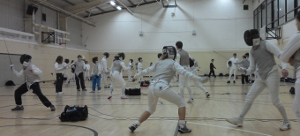 This was the last hub of the year, and some progress has been made, whilst some work needs to be done to get habits such as posture and the best warm up for fencing ingrained.
This was the last hub of the year, and some progress has been made, whilst some work needs to be done to get habits such as posture and the best warm up for fencing ingrained.
I really enjoy working with the fencing coaches who are willing to educate me on the details of the sport and discuss how we coach. The fencers have been great and are now used to me introducing the unfamiliar.
“Expect the unexpected” seems to be our theme.
Further reading:
Why not get our 6 week speed training programme and running technique guide Run Faster ? Contains lots of technique drills and video clips.
Client Testimonials
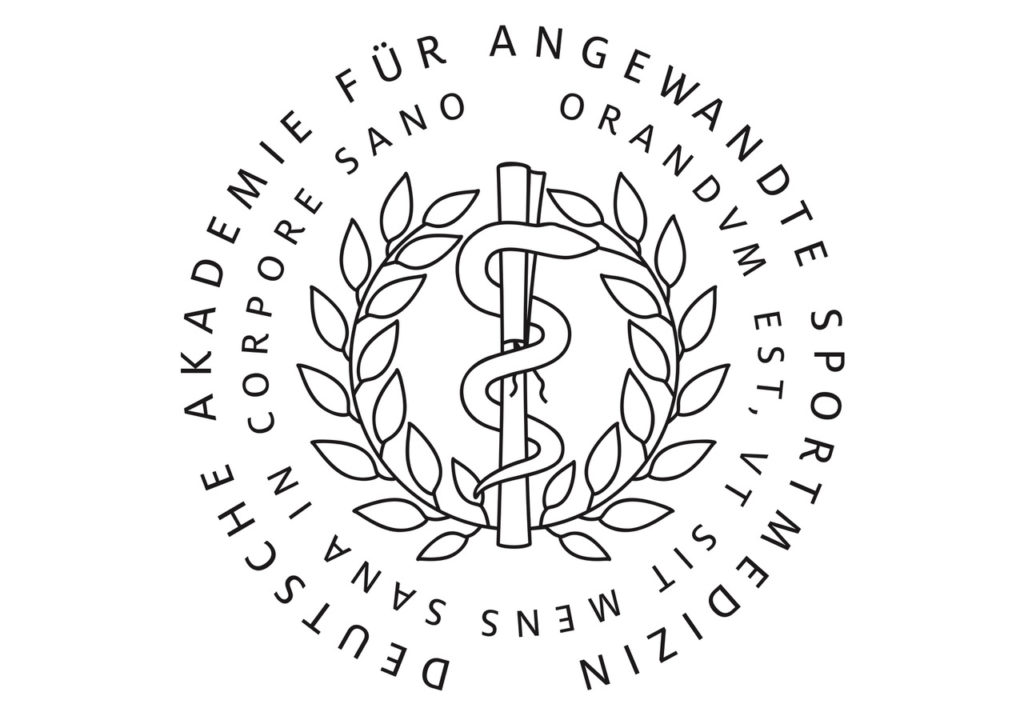 German Academy of Applied Sports Medicine (DAASM)
German Academy of Applied Sports Medicine (DAASM)
James Marshall is a master of his field. He knows how to turn a big audience hall into a small seminar setting, where he picks everyone up. One of the finest invited speakers DAASM has ever had the privilege to announce. Dr. Dr. Homayun Gharavi Founder & President of DAASM
More


Comments
[…] Should fencers run to get fit? […]